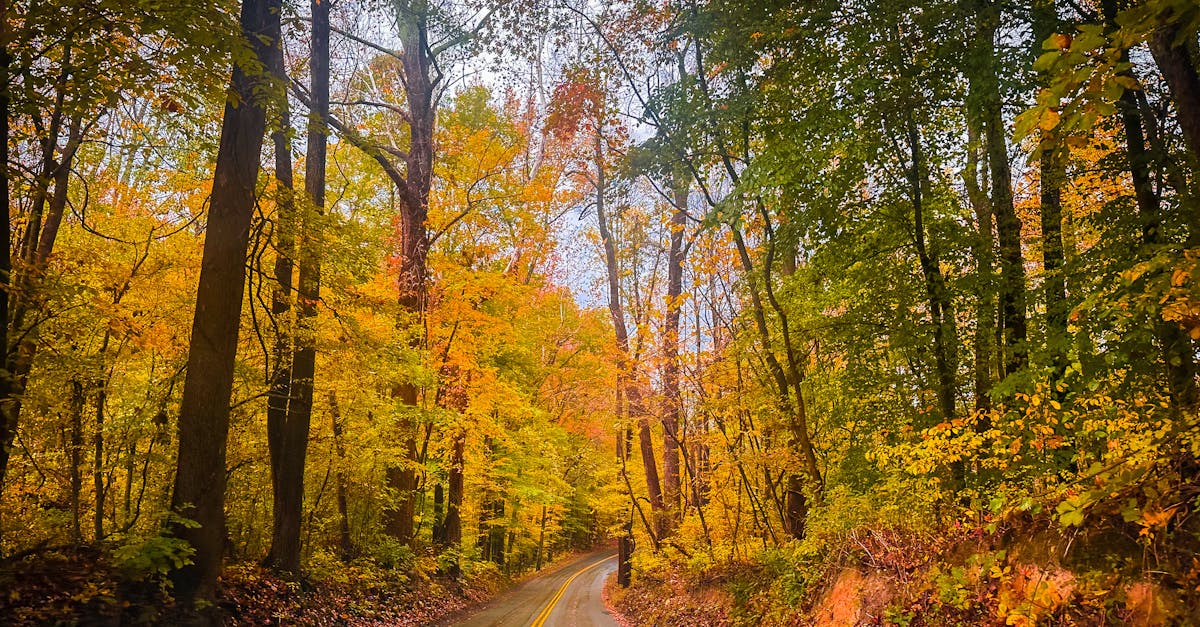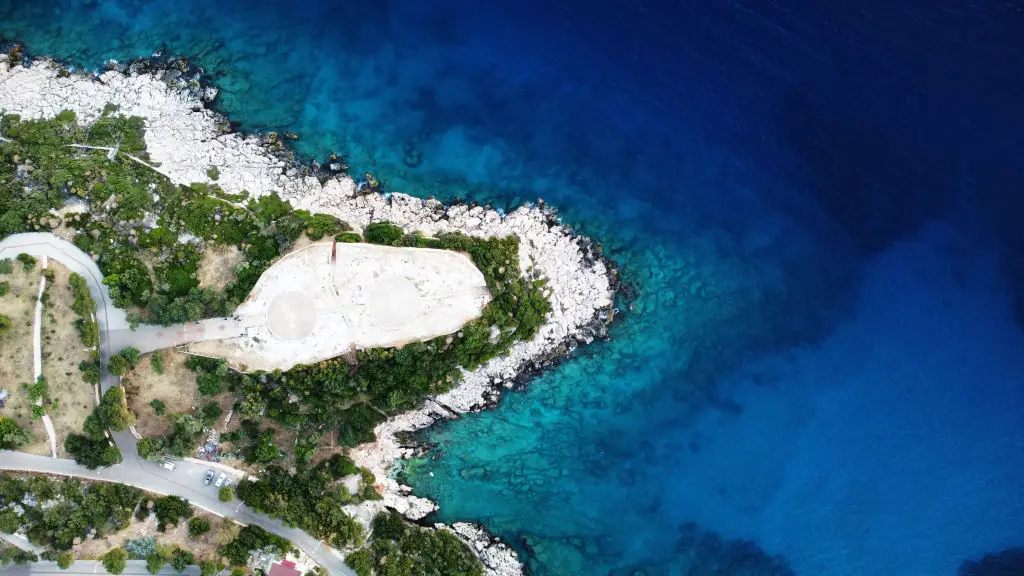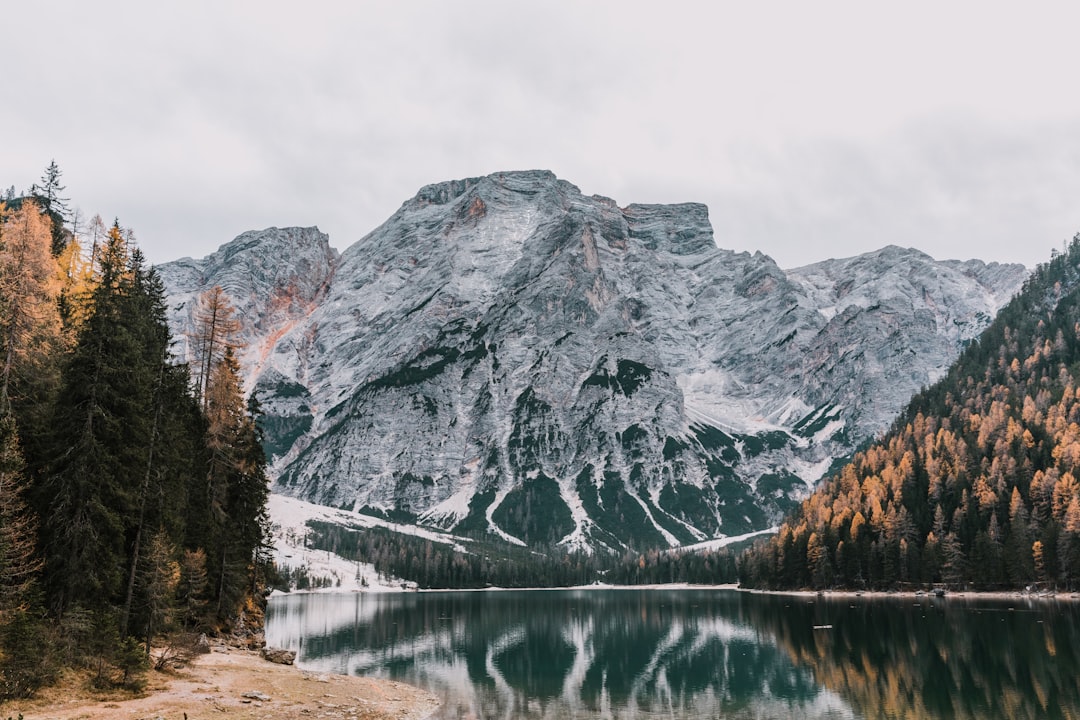10 Ghost Towns Reclaimed by Nature: Eerie Reminders of Vanished Lives
In the quiet corners of our world, where the echo of human ambition has faded, nature stages its most poignant performances. These aren't just abandoned ruins; they are solemn, verdant cathedrals of forgotten lives, where the intricate dance between decay and renewal unfolds in breathtaking silence. Once thrumming with dreams, industry, or desperate hope, these settlements have yielded to the relentless, gentle embrace of the wild. Trees root through hearths, vines consume facades, and the whispers of vanished communities are carried on the wind through skeletal structures. This article invites you on a captivating journey through 10 extraordinary ghost towns, each a chillingly beautiful testament to nature's ultimate triumph, revealing how the very landscape reclaims its own, leaving behind eerie, powerful reminders of what once was.
1. Craco, Basilicata, Italy: The Hilltop Sentinel's Slow Slide
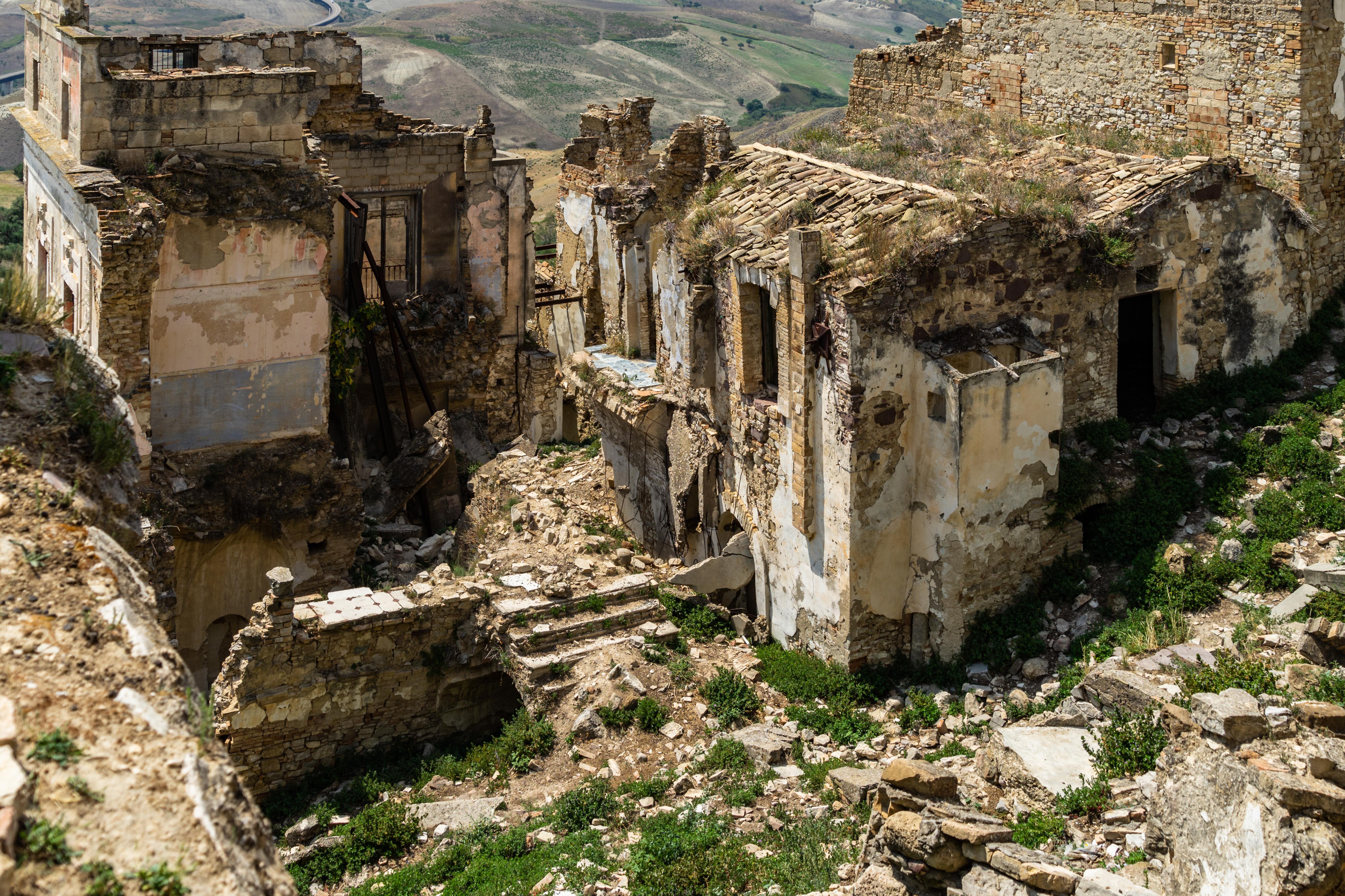
Perched precariously on a dramatic hilltop, Craco is a medieval village in southern Italy, slowly crumbling into the clay earth from which it was built. Abandoned in the 1960s due to landslides and subsequent floods, its ancient stone dwellings, church, and bell tower remain frozen in time. Vines now creep through empty windows, and wildflowers bloom in silent squares. The deep fissures in the ground around its base are nature's continuous, patient work, hinting at the forces that drove its inhabitants away and are slowly, inexorably, pulling this ancient sentinel back into the earth.
2. Kolmanskop, Namibia: Desert's Diamond-Dusted Tomb
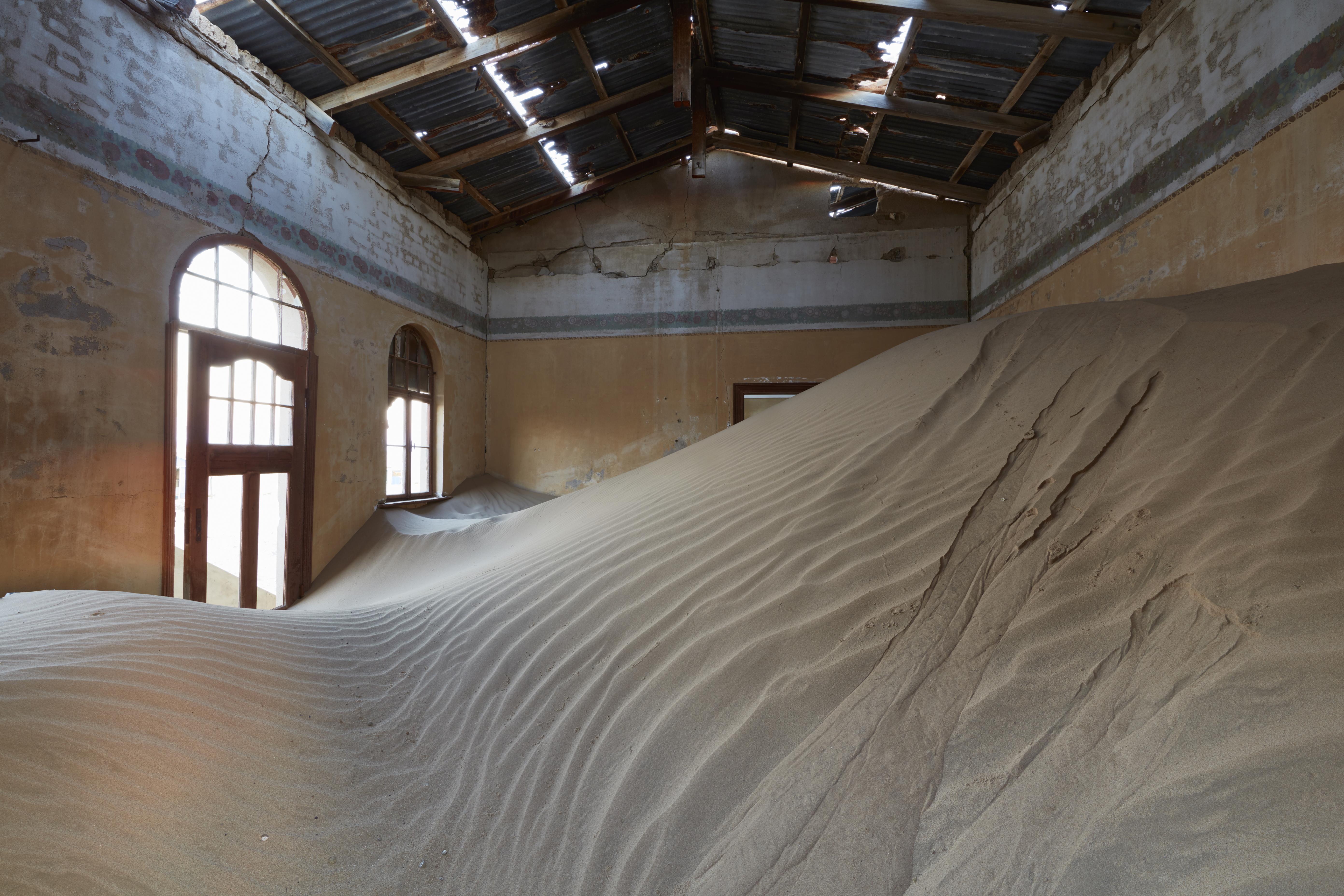
Deep in the Namib Desert, Kolmanskop is an eerie testament to a diamond rush that boomed and busted. Founded in 1908 by German miners, it was a luxurious oasis with a hospital, ballroom, and ice factory. But by the 1950s, the diamonds were gone, and the town was abandoned. Today, the desert wind has filled its opulent homes with towering drifts of sand, creating surreal indoor dunes. Sunlight filters through broken windows, illuminating dust motes and the slow, inevitable creep of the desert, burying prosperity one grain at a time.
3. Pyramiden, Svalbard, Norway: Soviet Arctic's Icy Embrace
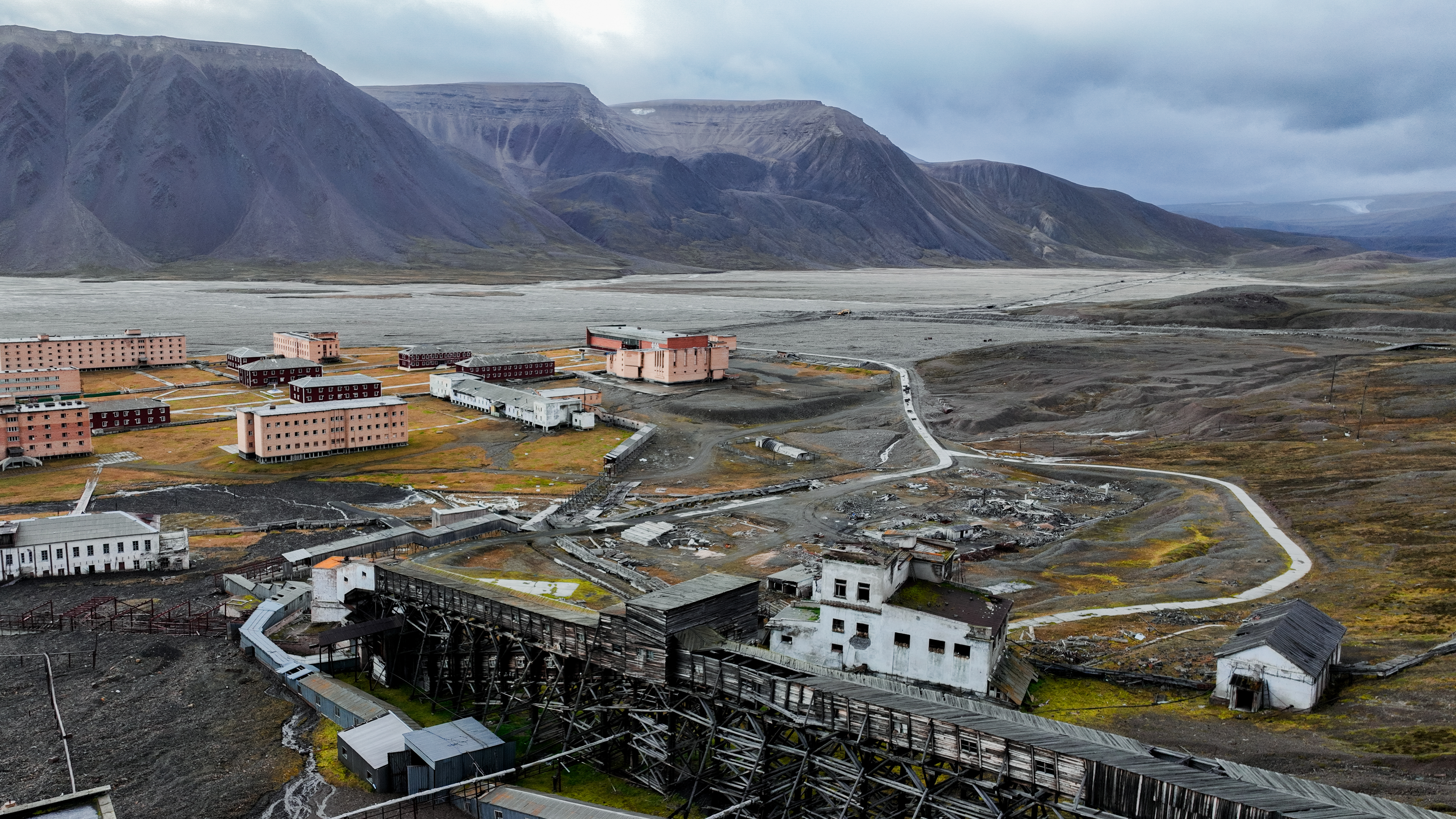
A stark contrast to warm climates, Pyramiden is a former Soviet coal mining settlement in the Arctic Circle, famously abandoned in 1998. Everything was left behind: a grand cultural center, a swimming pool, a piano in the cafeteria. The extreme cold and dry air have preserved it remarkably, but the relentless force of Arctic ice and wind now slowly peels away paint and rusts machinery. Polar bears occasionally wander its empty streets, reclaiming the territory of a defunct ideology, transforming it into a frozen, silent museum of the Cold War.
4. Oradour-sur-Glane, France: Time-Frozen Memorial to Atrocity
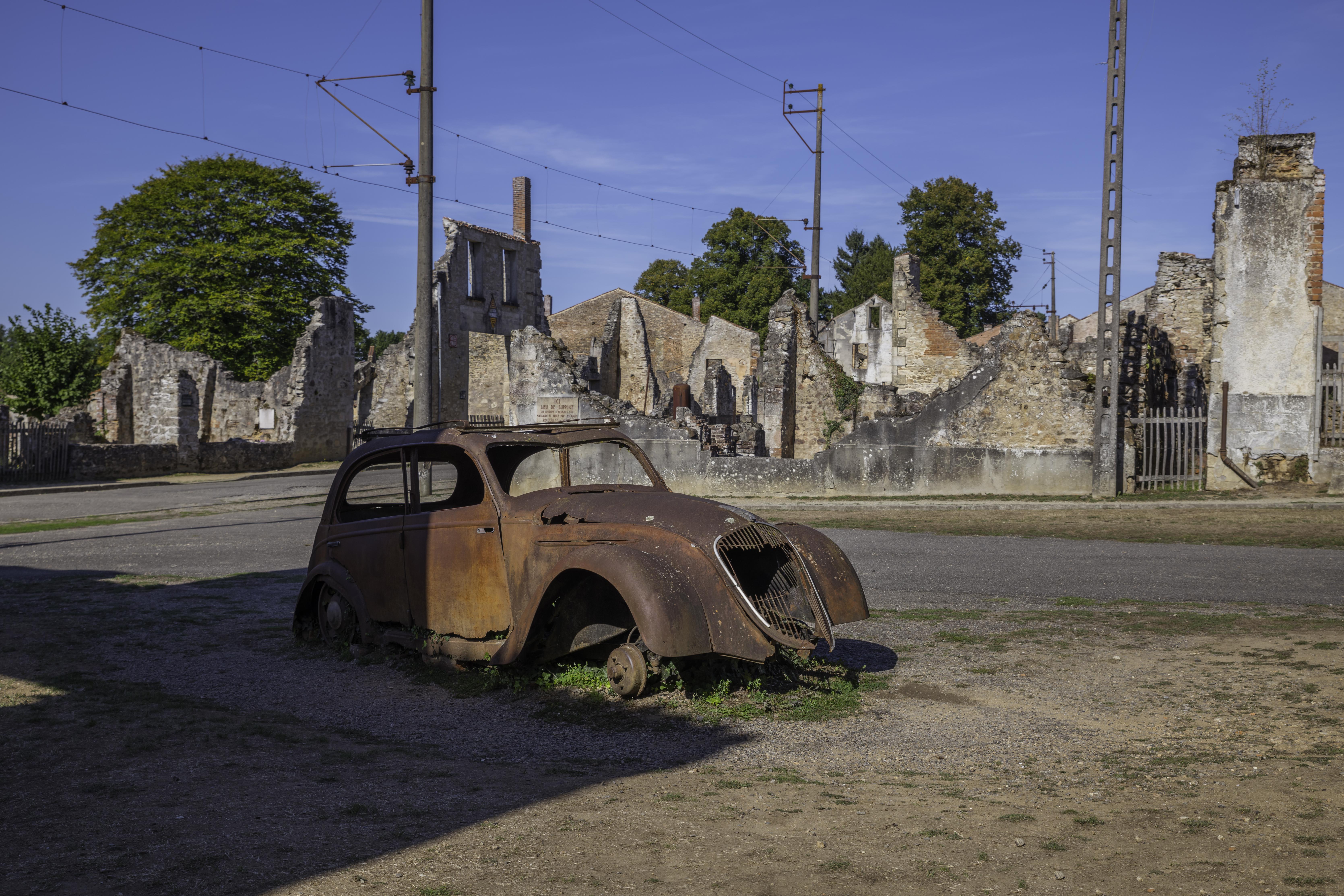
Oradour-sur-Glane is not a typical ghost town, but a village preserved as a permanent memorial. In 1944, Nazi SS troops massacred nearly all its inhabitants and razed the village. By order of French President Charles de Gaulle, the ruins were left untouched as a monument. Scorched cars, rusted sewing machines, and children's bicycles lie exactly where they were left. Nature has cautiously begun its reclamation – moss greens the stones, and weeds push through broken floors – a testament to life's persistence, even in a place consecrated to eternal grief.
5. Hashima Island (Gunkanjima), Japan: Battleship Island's Concrete Bloom
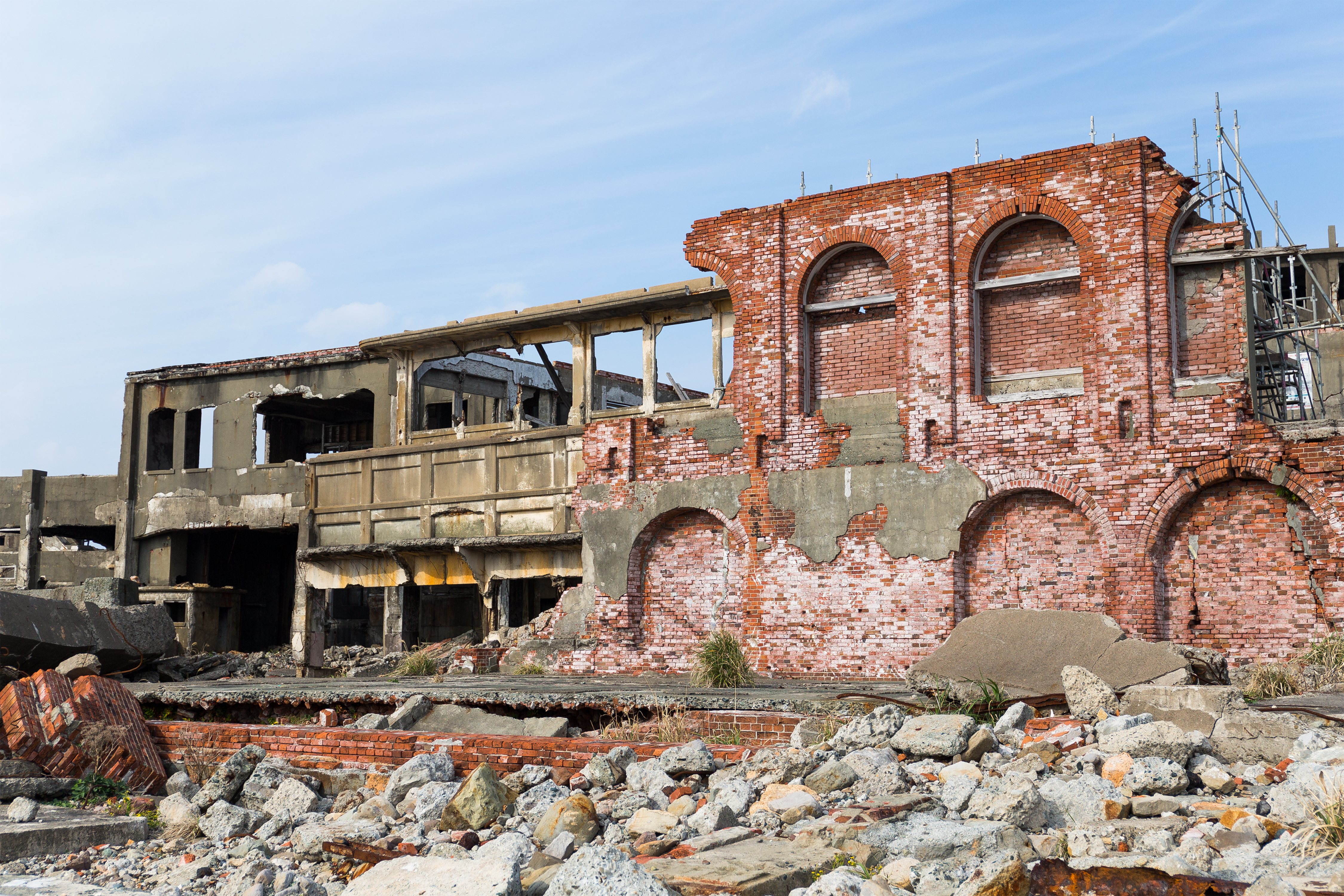
Off the coast of Nagasaki, Hashima Island, or "Battleship Island" due to its shape, was once the most densely populated place on Earth, a coal-mining stronghold. Abandoned in 1974 when coal demand waned, its concrete high-rises and industrial structures are now eerily silent. Typhoons and the relentless salt spray have accelerated its decay, with walls crumbling and rebar exposed. Vines cling to every surface, transforming the stark concrete into a surreal, organic landscape where nature slowly reclaims this audacious human endeavor from the sea.
6. Agdam, Azerbaijan: Conflict's Overgrown Scars
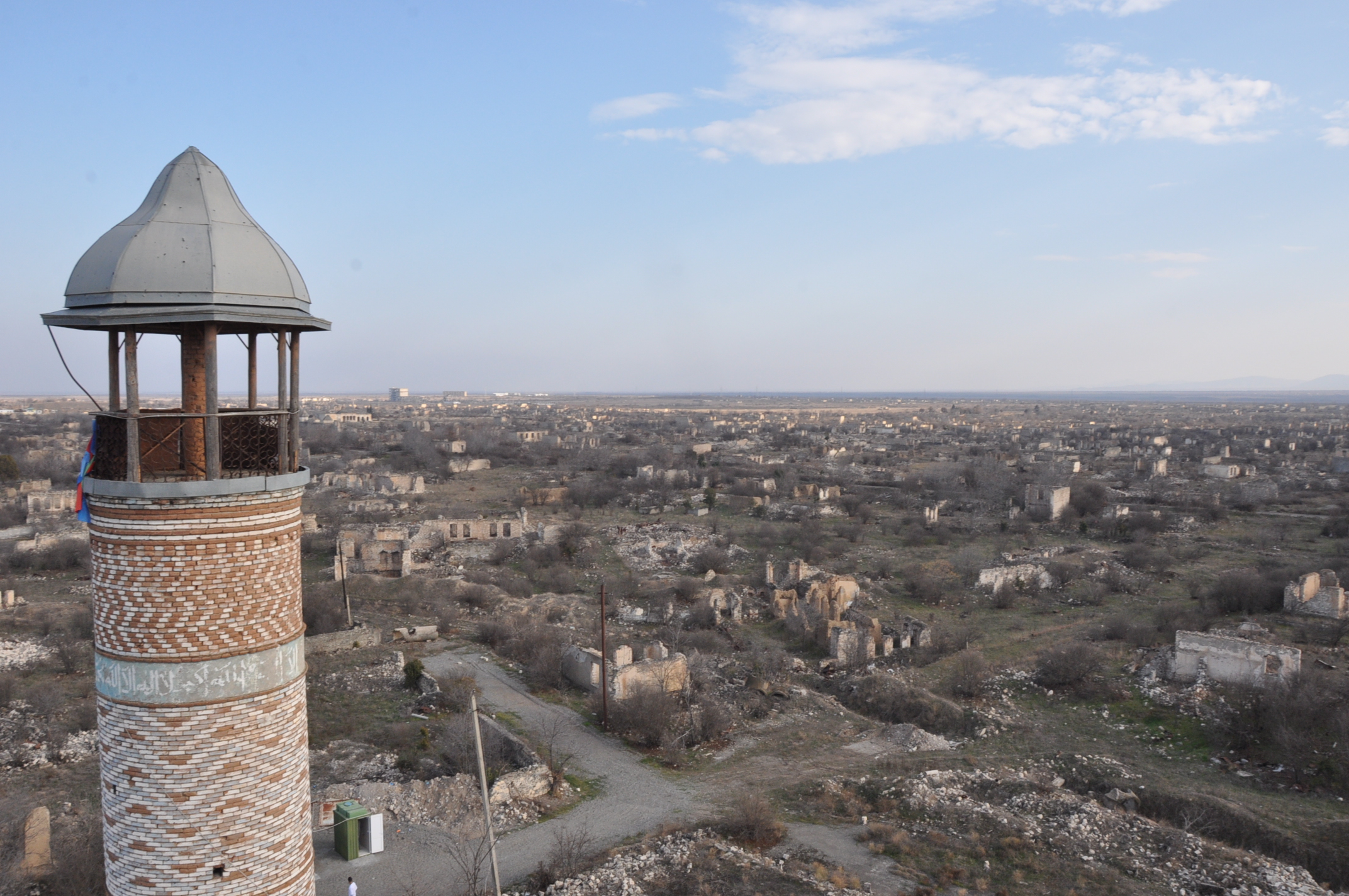
Agdam, once a vibrant city of 40,000, became a ghost town during the Nagorno-Karabakh War in the early 1990s, with its residents forced to flee. It was subsequently looted and destroyed, left as a chilling reminder of conflict. Today, its empty buildings, including the mosque (one of the few structures relatively intact), are slowly being consumed by vegetation. Streets are overgrown, and trees sprout from rooftops. It’s a vast, silent testament to the devastating power of war, where nature now softly veils the sharp edges of human tragedy.
7. Centralia, Pennsylvania, USA: Inferno's Perpetual Reclamation
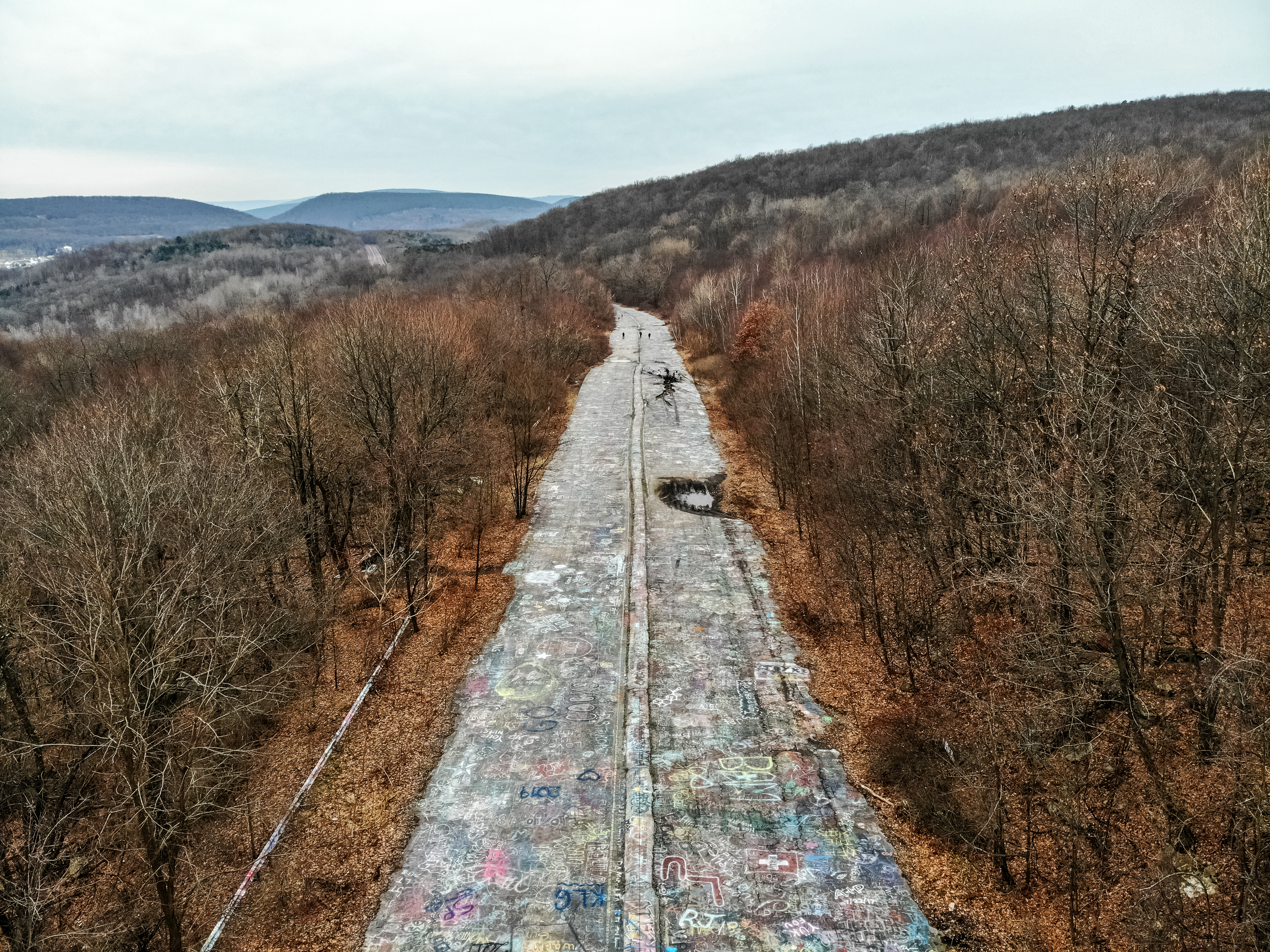
Centralia isn't just abandoned; it's a ghost town consumed by an underground mine fire that has burned continuously since 1962. Most residents were relocated, leaving behind a surreal landscape where steam rises from cracks in the ground, and warning signs line crumbling roads. Homes were gradually demolished, and the town map was even removed. Nature here isn't just reclaiming; it's surviving alongside a perpetual inferno, as trees grow amidst the smoldering earth, creating an otherworldly testament to environmental disaster and human perseverance.
8. Pripyat, Ukraine: Chernobyl's Eerie Silence
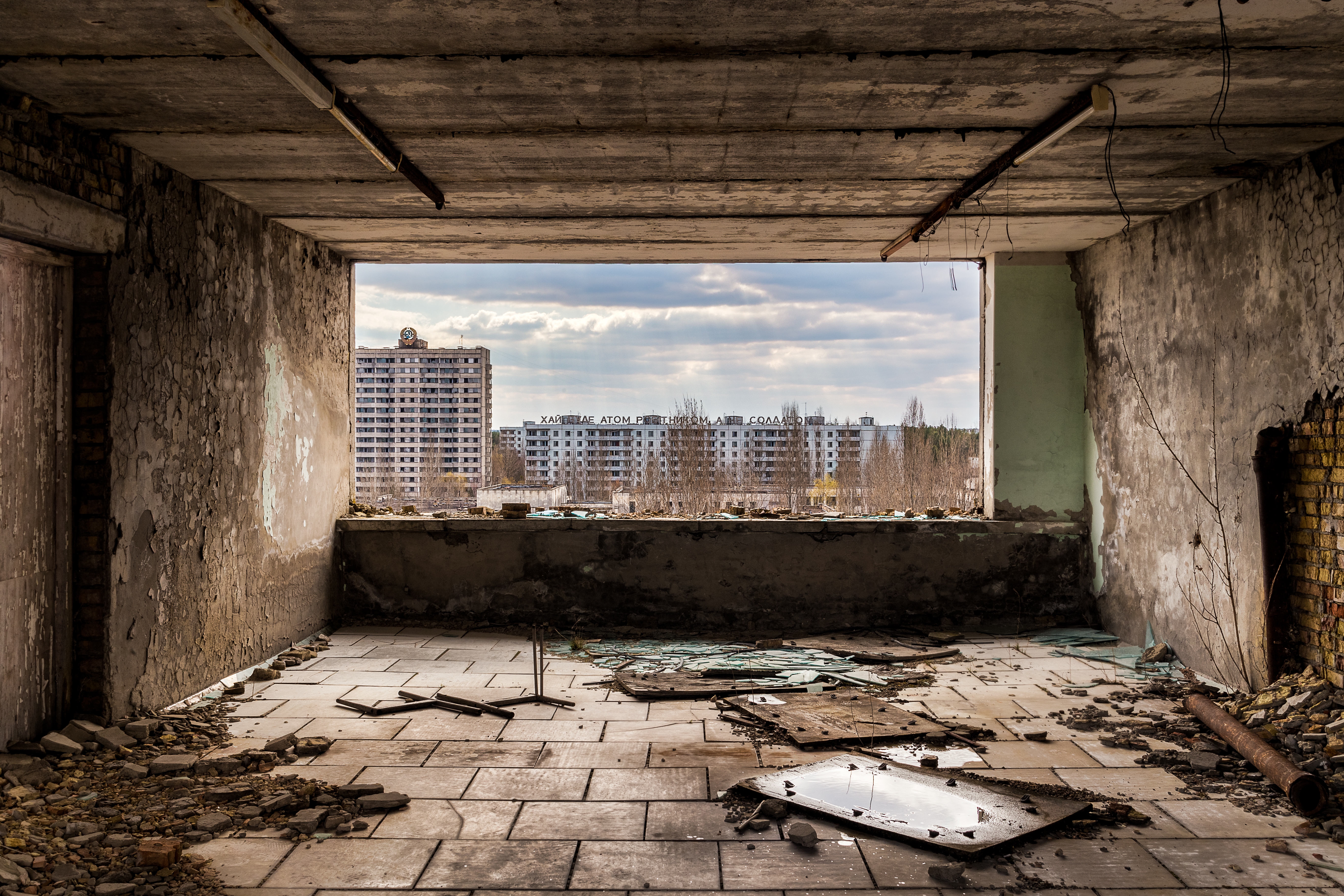
Forever linked to the 1986 Chernobyl nuclear disaster, Pripyat was a thriving Soviet city of 50,000, evacuated within hours. Its Ferris wheel, swimming pool, and schoolrooms remain, frozen in time but slowly yielding to the wild. The absence of humans has allowed the Exclusion Zone to become an accidental nature preserve, with forests steadily reclaiming buildings. Wildlife, including wolves and elk, now roam its empty streets, a poignant, chilling example of nature's formidable power to adapt and thrive in even the most toxic human-made ruins.
9. Bodie, California, USA: Gold Rush's Weather-Beaten Whisper
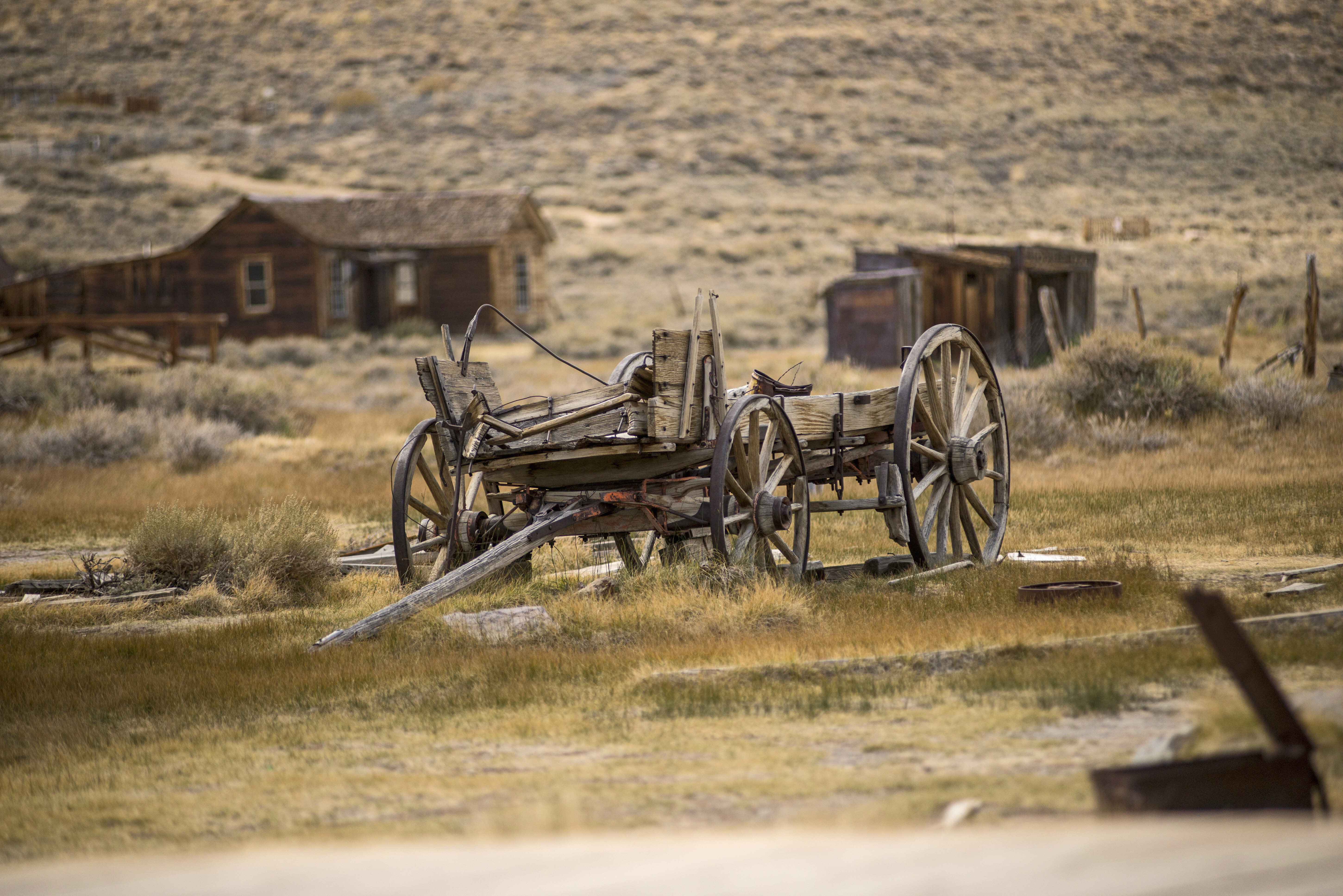
Unlike many ghost towns, Bodie is preserved in a state of "arrested decay" as a California State Historic Park. Once a roaring gold rush town of 10,000, it boasted 65 saloons and a bustling main street. Its last residents left in the 1940s. Today, buildings stand as they were, stocked with goods, but exposed to the harsh elements of the high desert. While human intervention prevents full reclamation, the relentless sun, wind, and snow gnaw at its wooden structures, slowly breaking them down, hinting at nature's slow but inevitable victory.
10. Guryong Village, South Korea: Urban Overgrowth on the Edge of Seoul
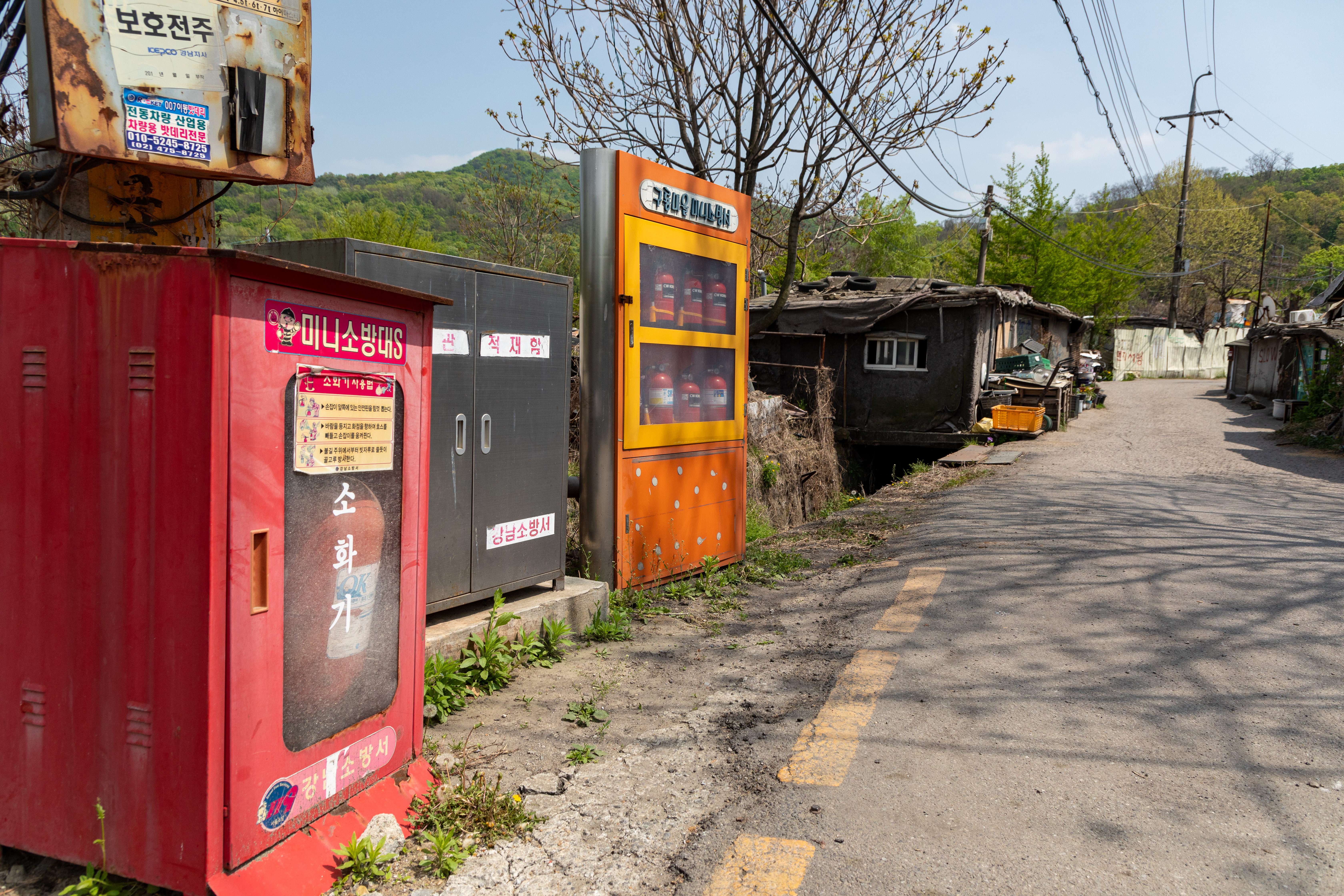
Guryong is a unique ghost town, a shantytown on the fringes of Seoul that faced constant threats of eviction and fire. While not historically abandoned, its ramshackle structures, built from salvaged materials, are increasingly being consumed by the surrounding urban sprawl and neglected natural growth. As residents are moved, the temporary, makeshift homes quickly become overgrown, a stark visual of socio-economic abandonment where nature rapidly takes over improvised dwellings, creating an eerie, almost instant, reclaiming of precarious lives.
Our journey through these 10 remarkable ghost towns unveils a profound, chilling truth: humanity's grand endeavors are but fleeting whispers in the enduring roar of nature. From the windswept sands of Kolmanskop to the perpetually burning earth beneath Centralia, and the overgrown concrete of Hashima Island, these sites are more than just ruins; they are dynamic stages where the wild reclaims its own. They serve as stark, beautiful monuments to ambition, tragedy, and the relentless passage of time. These silent sentinels remind us that while human lives may vanish, and civilizations crumble, the earth itself is the ultimate architect of permanence, forever reshaping the landscape, weaving new life through the remnants of the past.



